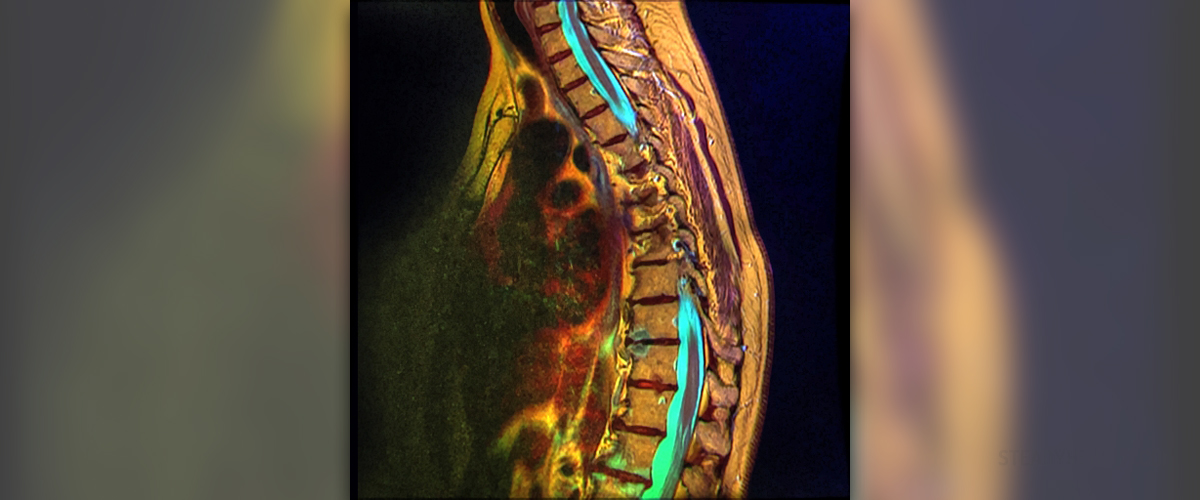
Scoliosis is the second name for the sideway curvature of the spine. The word is of Greek origin and has the meaning of being crooked. It is the normal that spine looks straight up and down when it is observed from behind. However, if the spine has typical sideway curve, in that case it is not normal, and that condition of the spine is called scoliosis. The curvature can be on the left or on the right side. Scoliosis can be mild and in that case not even visible. On the other hand, it can be very visible, and it is a very serious condition. When the person suffers from scoliosis, the curve can occur in different parts of the spine. It can appear in the lower part of the spine, and in that case it is called lumbar curve. When a curve occurs in the upper part of the spine, it is called thoracic curve, while a thoracolumbar curve appears somewhere in the middle of the spine, if we go from the upper to the lower part of the spine. Besides scoliosis, another spine deformity is called kyphosis. Kyphosis is different from the scoliosis in a way that kyphosis is an uncharacteristic and more pronounced front-to-back curve. It is important to know that there are three slight front-to-back curves in the spine: in the neck, in the chest region, and in the lower back. It can be noticeable when we look at the person sideway.
Two types of scoliosis are possible: non-structural scoliosis, also called functional or postural scoliosis, and structural scoliosis. In non-structural scoliosis, which is often mild, the spine is curved because of, for example, different leg length, or muscle spasm in the back muscle, while, in the case of structural scoliosis it occurs that the curve is fixed, and here idiopathic, neuromuscular, osteopathic, and congenital scoliosis are distinguished. In idiopathic scoliosis the cause is not known, while in neuromuscular scoliosis the causes can include muscular dystrophy, polio, cerebral palsy, and neurofibromatosis. A bone irregularity is the main cause for osteopathic scoliosis, while scoliosis can be congenital if the spine is not formed correctly when the baby was still in the womb. Idiopathic scoliosis is usually seen later in the life of the child, in the adolescence. The main symptoms of idiopathic scoliosis are mild pain and imbalance of the muscles. If it is severe, it becomes visible to the eye. Scoliosis must be treated on time, otherwise, it can cause some serious problems such as persistent pain in the back and even problems with heart and breathing and can lead to the deformity of the chest.


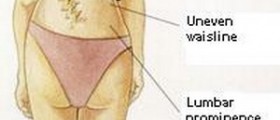




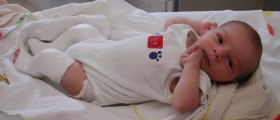


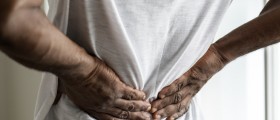



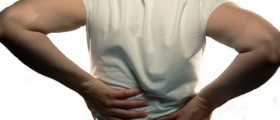

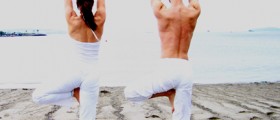
Your thoughts on this
Loading...